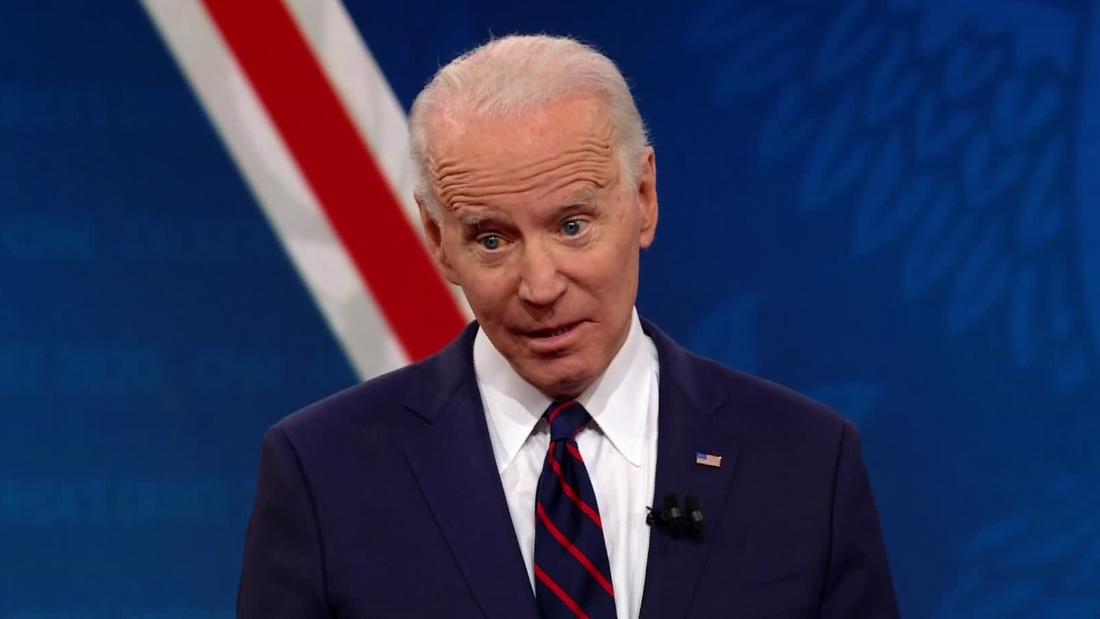Since the shift to an all-volunteer force in 1973, there have actually been years when the military services missed their recruiting goals. These include 1999, 2005, and 2018 when either the economy was flourishing or casualties in a conflict were perceived as high. But according to military officials at a Senate hearing last week, 2022 is forming up to be “arguably the most challenging recruiting year” since 1973.
The Army recently announced it has been required to cut its size by 12,000 soldiers because it can not discover enough volunteers to fill its ranks. Talking to the difficulty, Army Chief of Staff Gen. James McConville specified that they are in a “war for talent.” A war they are relatively losing.
However, it isn’t simply the Army that is struggling. The Air Force’s top employer alerted that the “warning lights” were flashing for meeting their 2022 objectives. The Navy’s top personnel officer mentioned that while they might make their 2022 goals, they will do so only “by reducing the Delayed Entry Program from historic norms.”
Even the Marine Corps, the service that typically deals with no problem meeting its goals, is struggling in 2022.
The huge news is that the number of Americans qualified to sign up with the armed force without a waiver continues to plunge. Since 2014, the military has been reporting that because of weight problems, adverse criminal history, physical issues, substance abuse, or absence of a high school degree, only about 29% of Americans qualify to join the armed force without a waiver.
At stated value, that alone is a terrible statement about U.S. public health and schooling given that military standards do not need a prospect to be a superman or superwoman, simply healthy and informed.
However, it gets worse. During a congressional statement last week, McConville verified the segment of Americans qualified has actually dropped to just 23%, so now just 1 in 4 young Americans can be certified.
The Department of Defense has not formally released the information, so we don’t understand what is specifically causing the drop in eligibility. It is most likely tied to health: American youth physical fitness is, honestly, miserable: 21.2% of youth 12- to 19-year-olds are obese and only 51% of high school students participated in an athletics class in an average week.
However certified to serve doesn’t equal desire to serve, and desire– or “propensity,” as the military calls it– is also decreasing. The most recent DOD poll information for youth ages 16-21 shows that when they are asked, “How likely is it you will serve in the military?”, an average of only 11% respond “definitely or probably” and that trend is declining.
What is causing the drop in interest in signing up with the armed force? A number of factors are in play.
Other more rewarding opportunities are readily available. Companies like Amazon and Starbucks are offering jobs with starting pay over $15 an hour, with college advantages. Unemployment is practically down to pre-pandemic levels. Your mileage may vary, but all the dining establishments we patronize sport “help wanted” signs.
The very visible disaster with the Afghanistan withdrawal shook numerous Americans’ confidence in the military, to the point that essential influencers such as parents and grandparents might put in a negative influence on a youth’s inclination toward military service.
Veterans play an essential role in promoting the virtues of public service. Every year, the portion of veterans in American society decreases due to the declining size of the military since World War II. Less veterans mean fewer youth are exposed to these great examples of American society.
Civic education in U.S. public schools is typically godawful. Half of young adults ages 17-35 might not name the four biggest branches of the U.S. military. One in four are unable to name the three branches of the federal government. It’s reasonable to ask why would a young person decide to sign up with the military if they don’t understand anything about it, or their government for that matter.
At a time when risks to U.S. national interests are skyrocketing, now is the worst possible time for the military to face a manpower crisis. Russian President Vladimir Putin is on the march in Europe, Chinese President Xi Jinping threatens Taiwan on practically an everyday basis, and our recurring occasional foes– the Ayatollah in Iran and Chairman Kim Jong Un in North Korea– continue to make problems for their next-door neighbors and the U.S. The finest weapons on the planet are ineffective without knowledgeable service members to operate them.
So, what can be done?
First, the Pentagon requires to get serious about recruiting. Compensation and benefits programs need to be reimagined to guarantee they interest today’s youth, not the young people of 20-30 years earlier. Is pay the deciding factor? Time off? Location? The Pentagon doesn’t know. As it stands, each of the military departments are required to figure out recruiting on their own. Recruiting needs a national fresh appearance and increased attention.
The military needs to steer clear of politics. Americans anticipate their military to remain apolitical and many believe that line is becoming blurred, which stresses them. That needs to stop.
Schools, parents, coaches, and undoubtedly everyone who influences American youth should depict military service as a virtue. It’s not only virtuous to serve your nation, however, nearly everyone who serves becomes a much better, more powerful, more vigorous citizen. It is a mutually advantageous situation. Veterans are most likely to vote, most likely to engage in neighborhood volunteer programs, and more likely to take part in local activities.
There is a false concept that choosing military service closes other choices like college or other professions. The opposite is true. The typical American life span is now nearly 79 years. Within that life, there is ample time for military service, college, and a civilian career (or more). Indeed, military service opens– rather than closes– doors.
Finally, America needs to tackle the issue of an ever-decreasing percentage of Americans who can not qualify for military service.
Social networks, computer games, and an overall pattern toward a more inactive lifestyle are leading to future generations of unsuited and over-stressed American youth. There is no silver bullet for this problem, however many neighborhoods have successfully taken the concern on with after-school sports programs and activities. We need much better data and much better solutions.
Military recruiting is not a transitory issue. It will not be fixed by next year. However, methods to mitigate the issue are possible, and neglecting this situation will not fix it. Our national security depends upon getting this right.
H/T The Daily Signal









